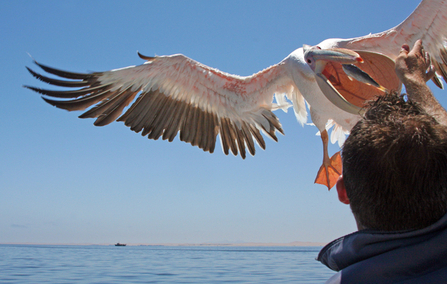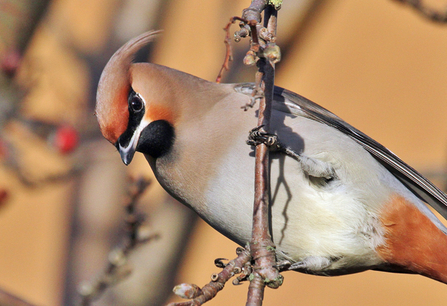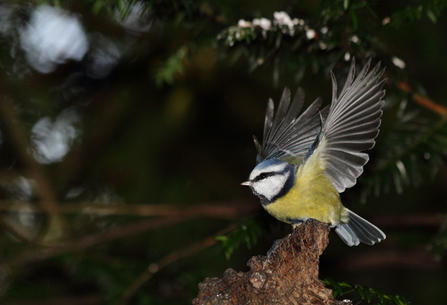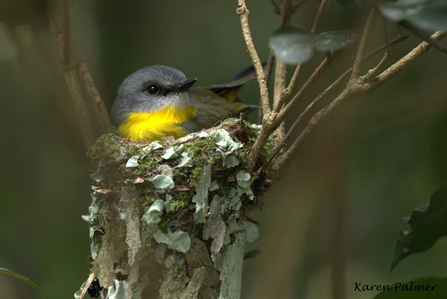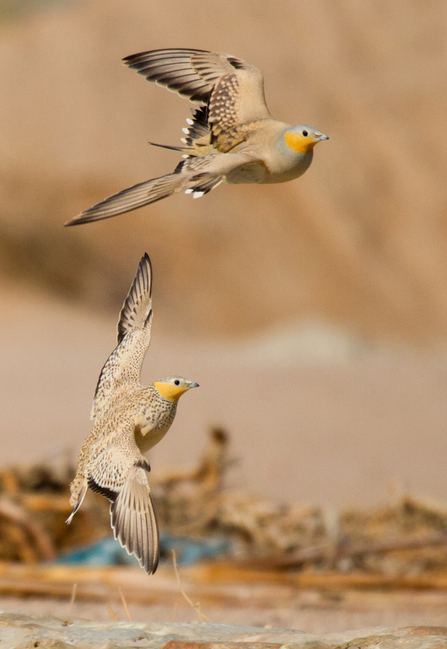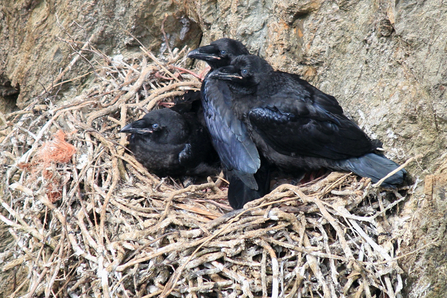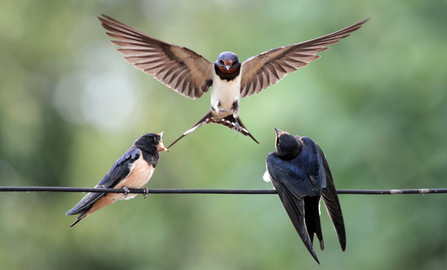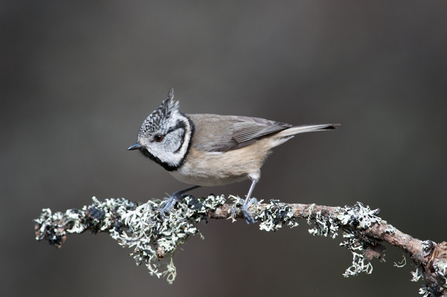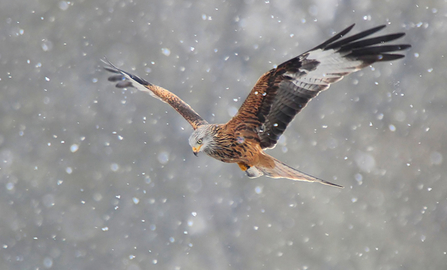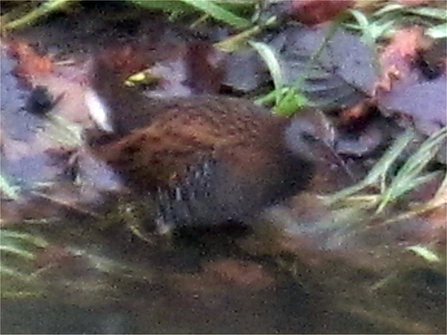On the Dyfi Osprey Facebook page over the weekend we ran a Bird Photographic Competition between June 14th &15th. Here are 12 of the best..
WOW - Never thought that the quality of the images sent in would be so phenomenal! Over 200 people emailed their best bird/s image and it's been a nightmare trying to sort out a winner. So, here's a baker's dozen of the very best photographs including the overall winner who receives a Ceulan mug through the post.
1. Winner
Caroline Wilkinson - In January this year Caroline went on a boat trip to Swakopmund in Namibia and the crew were throwing fish to passing white pelicans.
Timing is everything with this image. Caroline chose a small aperture, f/13, to get everything in focus and a fast shutter speed, 1/1000, to stop the action as the fish was half way between the man's hand and the pelican's enormous food pouch. A wide-angle 28mm lens made sure she caught all of the action too.
White pelicans breed from southeastern Europe through Asia, and in Africa in swamps and shallow lakes. They have twice the wingspan of an osprey - the largest birds measuring 12 feet from wing tip to wing tip!
Brilliant capture Caroline - Congratulations. Ceulan mug on its way to you.

